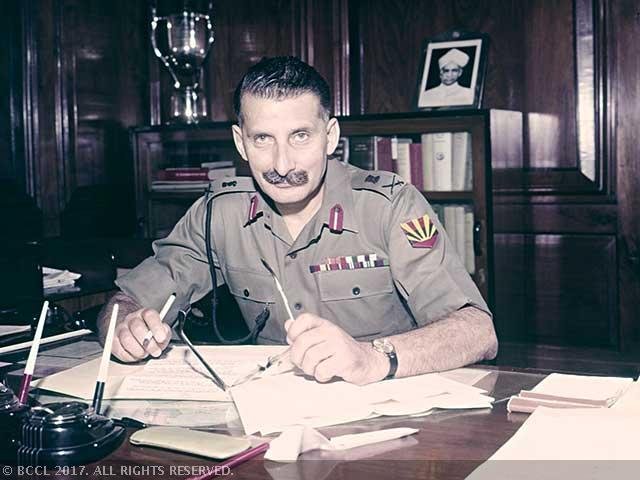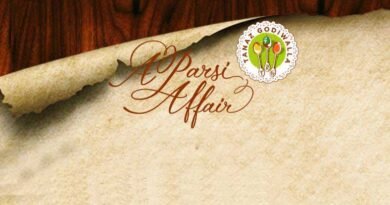Why the world’s Parsis are heading to this Guj town
Keeper of the sacred flame since 1742, Udvada will host the country’s first ever Parsi festival
Udvada is a nondescript hamlet in Gujarat of 5,897 people. Next weekend it is expected to host 5,000 Parsi and Irani Zoroastrians from India and abroad. That’s one-sixth of the entire population of this minuscule community, world-wide. The remarkable demographic will be triggered by the first-ever Udvada Utsav, December 25 to 27.
For all its secular nonentity, despite the decrepit silence of its once-babbling, squabbling Parsi mohallas, Udvada is the holiest place of Zoroastrian pilgrimage. Since 1742, it has been the ‘throne’ of the ‘Iranshah’, the sacred fire. It is believed to have burned continuously ever since it was consecrated between the 8th and 9th centuries on Gujarat’s Sanjan beach, where the storm-tossed Persian Zoroastrians had landed, hoping to save their 3,000-year-old faith from the invading Arabs. Their leader-priest, Nairyosang Dhaval, had lit it from the 16 embers needed, including those from a household hearth, a funeral pyre, a smithy’s coals and finally the ‘cosmic’ spark from a bolt of lightning. The refugees declared it their new king, ‘Iranshah’.
The idea of the new, pride-enhancing Udvada Utsav wasn’t ignited by the religious or secular leaders of the now divided, dying Parsi community, but from that master of the main chance, Narendra Modi. Way back in 2006, at Ahmedabad’s Cama Hotel, the then chief minister had told its Parsi owner that he’d like to showcase the exemplary community whose Indian roots were in Gujarat. A Visitors Centre was built. Vada Dasturji Khurshed Dastoor, who along with Dr Peshotan Mirza, is one of the two hereditary high priests of the Udvada Atash Behram, says, “When Mr Modi visited Udvada in 2011, he suggested an event to highlight ‘Parsi-panu’, our culture.” Udvada Utsav became a reality with Cyrus Poonawalla’s sponsorship.
Arun Jaitley is taking Narendra Modi’s place as chief guest next Sunday. Vada Dasturji Dastoor, spearheading the Utsav, insists that its theme of tolerance wasn’t prompted by recent events. “It had come up during the 2011 visit, with Mr Modi saying that Gujarat had taken a completely alien Persian civilization into its embrace, and Udvada, home to the Parsis’ holiest fire, should be celebrated as a place of peace, harmony and tolerance.”
Faith and nine priestly clans have kept alive the Iranshah’s 1,300-year-old flame in its chequered sojourn. These anointed families are descendants of the three Sanjan priests who protected it in its early, vulnerable years. They guarded the Iranshah during the Muslim invasions of Gujarat. When Sanjan fell to Sultan Mahmud in 1297, they kept it hidden — and alive — in the remote hill caves of Barot for 12 long years. After 14 years in tiny Vansda, it was enthroned for three centuries in Navsari, a thriving Parsi commercial centre, briefly spirited away to Surat to protect it from nomadic robbers. Skirmishes with local Navsari priests, prompted the nine Sanjan families to run away with it to Udvada.
Will faith — Udvada’s lonely claim to fame — hold its own amidst the Utsav’s feasting and the razzle-dazzle of Shiamak Davar, Latino Salsa, Karaoke and DJ nights? One hopes that the crowds will also throng the Iranshah Atash Behram’s marble lobby aglow with hanging oil ‘divas’ and stern portraits of past Parsi greats. That they will experience the spiritual implosion triggered by the gongs of the burnished bell as the near-celestial priest in his long white muslin robes performs the ‘boe’ ritual in the inner sanctum. It will be a true Utsav if the revered flames manage to leap across centuries, continents and controversies, to bind this beleaguered community to that ancient Sanjan beachhead, and to itself.
‘Community must change’
Vada Dasturji Khurshed Dastoor, the 21st hereditary head priest of Udvada’s Iranshah Atash Behram, on the place of a 3,000-year-old faith in the 21st century, and the decline of priesthood
Q. You are one of the two head priests of the holiest Zoroastrian shrine but, ironically, you have often been pitted against the orthodox laity…
A. I like to quote the scholarly Sir J J Modi, ”What we called ‘reform’ in the past is today’s orthodoxy, and that’s the way it will go on’.” To keep going, the community must change, but within the tenets of the religion. In his ‘Gathas’, Prophet Zarathushtra tells us to use our ‘wonderful God-given mind’ to decide what is right and wrong. My support of organ donation was opposed as going against the religion. But there was no notion of this in the time of the holy texts. If you can accept a heart — as the young Bengaluru girl Havovi did and has lived happily — you should equally be prepared to donate it. ‘Ushta te…’ is the keystone of Zoroastrianism, ‘Happiness unto him who brings happiness to others’.
Q. Why has the priesthood declined so abysmally?
A. Because priests have always had to submit to the ‘sethias’ who built the agiaris. The vocation was degraded. Priests got impoverished. There’s no fixed income; in the ‘panthak’ (parish) system, a fire temple’s chief priest keeps the more lucrative rituals for himself. And the pie is getting smaller. There have been some amelioration schemes, but it’s simply too late.
Q. You once told me about feeling self-conscious while sitting in your priestly gear at McDonald’s with your burger-loving five-year-old.
A. I’ve overcome this. I go as a father’s duty. The beauty of our religion is that we don’t force anything on anyone. We have no restrictions. We don’t sacrifice animals or renounce family. In fact, familial duty is of prime importance.
Published on Times Of Inida





